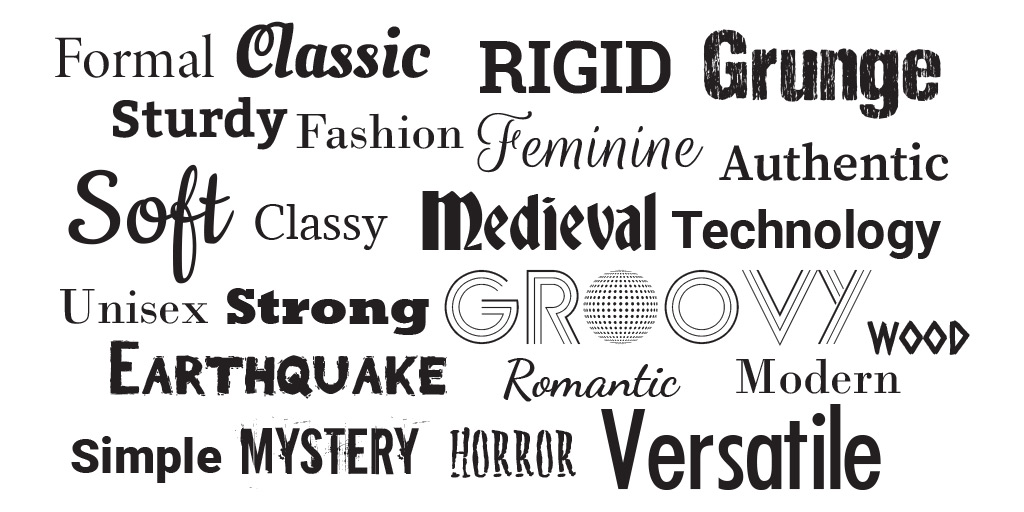

Sans serif type was influenced by block lettering that was commonly used in classical antiquity, in which serifs were minimal or missing entirely. They’re best suited for headlines and display uses, though at high resolutions, they can be suitable for body copy. The strokes on the “3” in Bodoni are both terminated with balls, while only the upper stroke is terminated with a ball in Didot.īecause of the extent of contrast between thin and thick strokes in modern serifs like Didot and Bodoni, they’re not the most readable typefaces at smaller sizes. For example, the uppercase J in Bodoni extends below the baseline, while in Didot it sits on the baseline. There are some distinct differences between the two fonts, mostly in the appearance and placement of particular letterforms. At first glance, the typefaces are very similar in appearance and showcased the quality of the metal-casting work done by the respective companies, as thinner strokes required much better craftsmanship. In the 1780s, two type designers- Firmin Didot in France and Giambattista Bodoni in Italy-created modern serifs with extreme contrast between strokes.

The downside was that it limited the amount of text that could fit on a single page, creating longer books that required more time to set up. Gutenberg’s letterforms were based on the Blackletter calligraphy that was used to write manuscripts. While arranging the letters for each page could take an entire day, the page could then be printed as many times as necessary from that single day’s work. He drew on movable type used in East Asia and screw-type presses being used by farmers in Europe to devise the idea for the first printing press.īecause Gutenberg was a goldsmith, he was able to create durable letter blocks that could be used over and over again. Gutenberg recognized that being able to mass-produce books quickly and cheaply was a lucrative prospect. Typeface history has largely been influenced by the availability of technology throughout the centuries, starting with Gutenberg’s press and continuing through digital typography advancements by designers in the 20th and 21st centuries. They were generally reserved for the elite, though growing literacy among the middle class increased their demand.

However, before the invention of the printing press by Johannes Gutenberg in the mid-15th century, books were written by hand. It’s easy to take books and other printed material for granted.


 0 kommentar(er)
0 kommentar(er)
